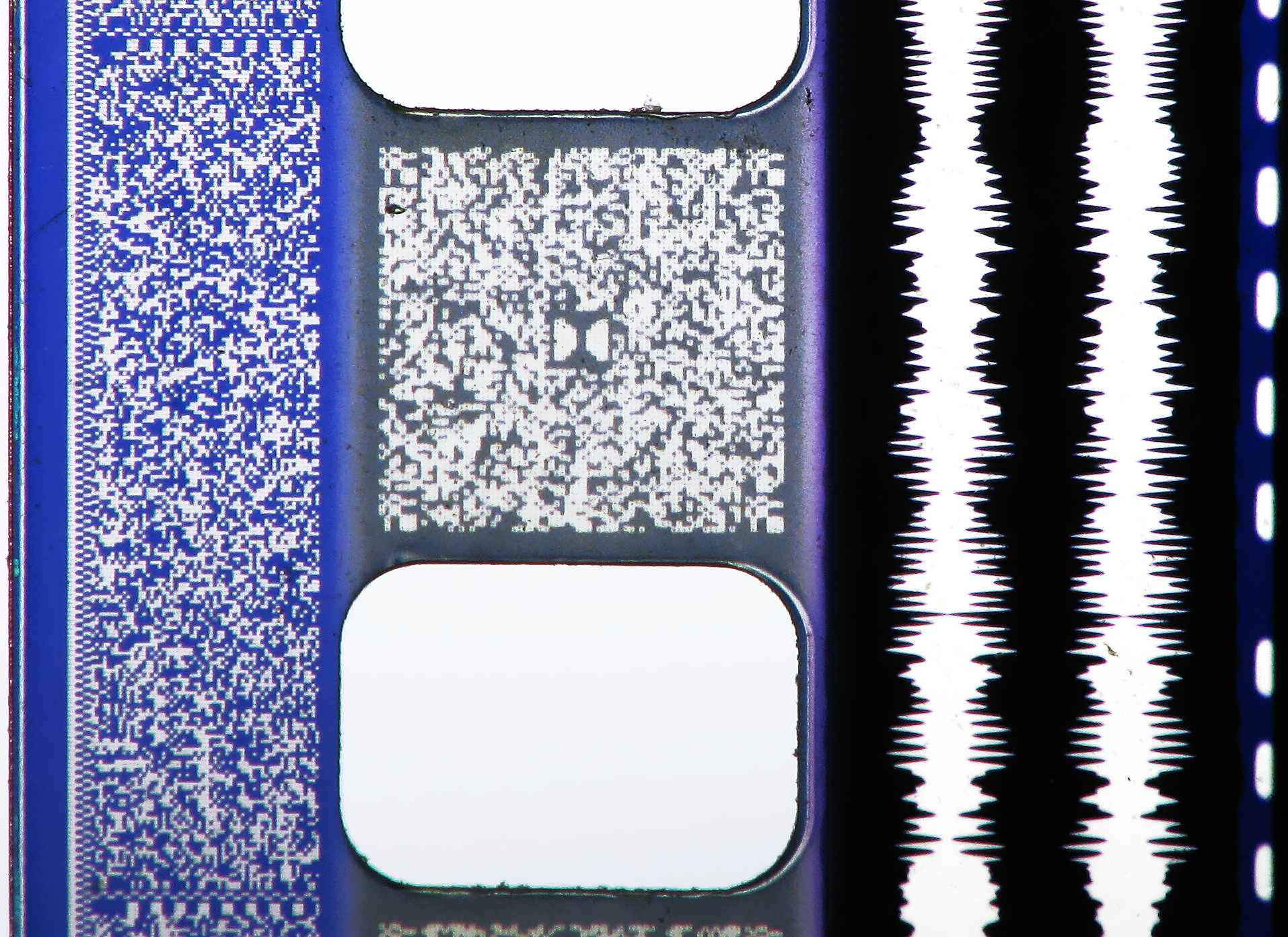Technology
This is the official technology community of Lemmy.ml for all news related to creation and use of technology, and to facilitate civil, meaningful discussion around it.
Ask in DM before posting product reviews or ads. All such posts otherwise are subject to removal.
Rules:
1: All Lemmy rules apply
2: Do not post low effort posts
3: NEVER post naziped*gore stuff
4: Always post article URLs or their archived version URLs as sources, NOT screenshots. Help the blind users.
5: personal rants of Big Tech CEOs like Elon Musk are unwelcome (does not include posts about their companies affecting wide range of people)
6: no advertisement posts unless verified as legitimate and non-exploitative/non-consumerist
7: crypto related posts, unless essential, are disallowed
view the rest of the comments

I'm assuming these are all on one strip. Is the analog on the right a separate channel, or there to determine loudness or timing? Not sure how the analog translates to actual sound.
My novice take: the waveforms on the right are sufficient to recreate analog stereo.
Digital audio signals are fundamentally represented by a series of numbers with a frequency corresponding to a fixed sample rate. For example: 16-bit unsigned integers at 44.1kHz. Each number is a sample and represents only a magnitude/intensity in time, forming a time domain waveform. Tones and pitches, and everything else one can hear are represented by these numbers in varying arrangements. Check out the waveform for a sine or triangle tone: the waveforms literally depict those shapes.
The optical analog waveform is encoding the same information as the sampled digital one described above. I'm not sure of the mechanism by which an optical system translates the analog waveform into sound, however.
They're essentially the same sound, encoded three different ways. Though, both barcode formats are surround with at least 7 channels, while the analogs are only two-channel stereo. For analog, they shine a narrow beam of light through the waveform, and the amount of light the film lets through is the actual instantaneous sound level.